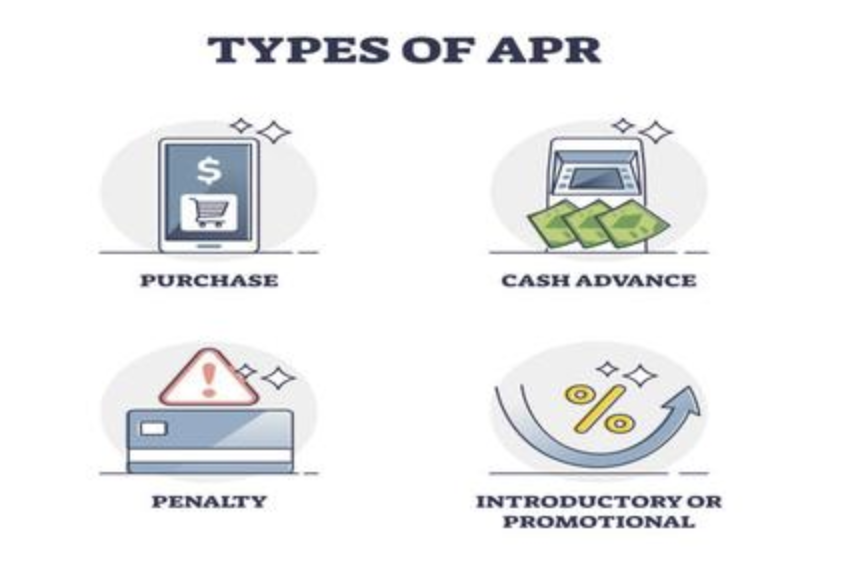In the ever-changing world of alternative finance, Peer-to-Peer (P2P) lending has become a crucial space for wealthy individuals looking for substantial gains. Rather than just focusing on the traditional idea of high returns and the relationship between borrowers and lenders, P2P investing involves a mix of risks and opportunities that require a more advanced strategy.
Uncommon Asset Targets in P2P Portfolios
Instead of only concentrating on loans for consumers and small businesses, savvy P2P investors are now looking into specialized asset types. One example is art financing, which has become popular on P2P platforms. Valuable artworks can be used as loan collateral, enabling collectors to obtain funds while still owning their pieces. These types of loans usually come with higher interest rates because valuing art is specialized and carries certain risks. Another growing sector is wine financing, where P2P platforms offer loans backed by rare wine collections. The potential for valuable wines to increase in worth helps to mitigate lending risks. By branching out into these alternative asset-backed P2P loans, wealthy investors can tap into unique revenue opportunities while also distributing their risks across unusual markets.
Advanced Risk Quantification Methods

Conventional methods for assessing risk in P2P lending, like credit scores, frequently do not encompass all types of risks involved. More experienced investors are now utilizing non-traditional data sources and sophisticated analytical tools. For instance, information from social media can reveal a borrower's financial habits and their social credibility. By examining spending behaviors on platforms such as Instagram or how often they post about financial matters, algorithms can uncover potential issues that regular credit reports may overlook. Furthermore, machine-learning techniques are increasingly applied to estimate the likelihood of default by analyzing past loan information, economic conditions, and even weather data from the areas where borrowers are located. This approach, based on data, helps investors make better decisions, accurately assessing risks and enhancing their P2P investment strategies.
The Regulatory Rejuvenation Opportunity
New regulations surrounding P2P lending, which many view as a difficulty, actually create a significant chance for wealthy investors. As platforms that don’t meet standards leave the market, the remaining ones need to improve their transparency and operational practices. Several P2P lending platforms are now working together with traditional banks, adopting risk management systems similar to those used in conventional banking. This change spurred by regulations has brought about what is known as "P2P 2.0" models. These platforms provide safer investment options, such as asset-backed securities (ABS) generated from P2P loan collections. Wealthy individuals can invest in these compliant and enhanced platforms to access the continuing high-yield prospects of P2P lending, all while enjoying better risk protections.

Portfolio Optimization through Syndication
Wealthy investors are turning to peer-to-peer (P2P) loan syndication more often to minimize risks and increase profits. By pooling their resources, syndication allows for the creation of larger and more varied loan portfolios, which helps lessen the effects of any single loan default and opens doors to greater opportunities. Certain platforms provide AI-powered tools that connect investors to loan pools based on their risk preferences and investment goals, allowing for tailored strategies that fit their wealth management plans.

For high-net-worth individuals, P2P investing involves careful planning beyond just maximizing returns. By adapting to changes in regulations, utilizing syndication models, and implementing sophisticated risk management techniques, these investors can turn the risks associated with P2P lending into chances for portfolio expansion.

How to manage family finance

Small-Cap vs. Large-Cap Funds: Where Should You Invest?

Installment Plans: Trap or Financial Tool for Youth?

Algorithmic Wealth Management: Fact or Fiction?

Investing During Inflation

Virtual Fashion and Luxury: The Growing Market for Digital Wearables

Best Bank Accounts for Small Business Owners
